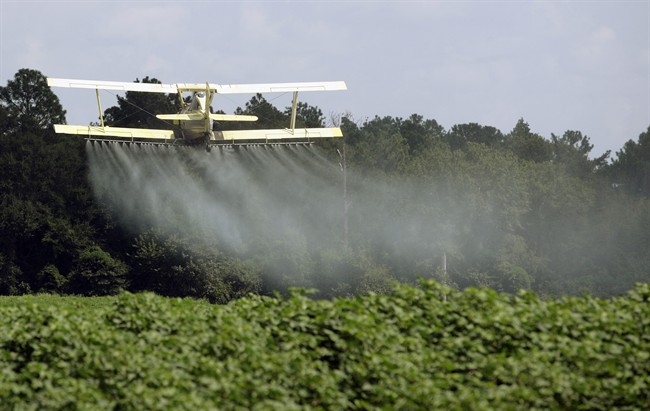If you thought it’s been a bit windier in Manitoba lately, you’re not wrong.

One of the windiest springs on record has swept the province with wind speeds averaging 41 km per hour over the past several weeks, according to Dane Froese of Manitoba Agriculture.
While that can mean trouble for your hair or patio furniture, it’s also a problem for crop producers who are looking to take care of a crucial part of their operation.
“Herbicide and fungicide applications need lower wind conditions, ideally less than 20 kilometres an hour,” Froese explains. “We’ve had extremely windy conditions at an inappropriate time — when crops need those applications.”
Late May and early June is a time when producers look to minimize the competition from weeds in their fields, leading to higher yields at the end of the season.
Portage la Prairie-area farmer Darryl Faurschou says in a typical season, that window for spraying is already small — one that was reduced even more due to the unrelenting winds.
“In some cases it’s best to spray when it’s a cooler temperature, making the early hours of the morning or late in the evening an ideal time to spray with these times normally being very calm for wind,” Faurschou says. “That hasn’t been the case in 2020. The wind just doesn’t want to give us a break.”

Get daily National news
The wind has producers not only keeping an eye on their own crops, but it’s also forced them to keep an eye on their neighbours.
Producers like Faurschou have made adjustments to their spraying operation, leaving larger buffer zones between crops and reducing the pressure on sprayers to minimize the risk of chemicals drifting away from their field.
Local producers could also be dealing with conditions that are either too wet, or too dry, depending on where they are in the province.
“The southeastern part of Manitoba has received excessive rain, in some cases over 160 per cent of their normal precipitation to date,” Froese says.













Comments